MORINGA OLEIFERA: NATURE'S MARVEL
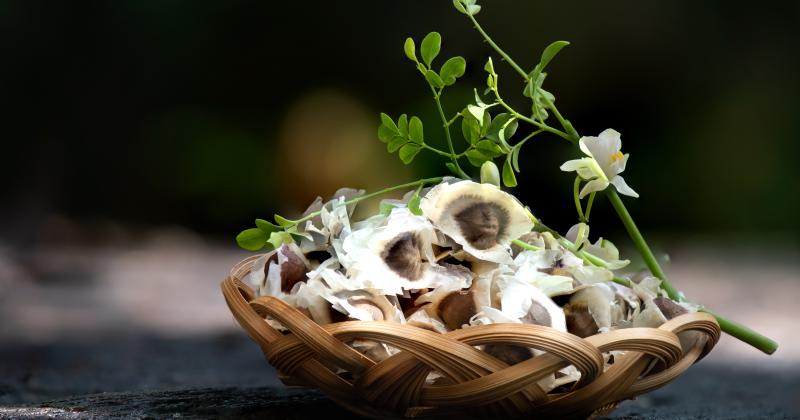 />
/>
Moringa Oleifera belongs to the Moringaceae family and is native to the sub-Himalayan regions of India, Pakistan, Bangladesh, and Afghanistan. This fast-growing, drought-resistant tree can reach heights of up to 10 meters (33 feet). read more ›
ARTICHOKES: NATURE, HISTORY, AND NUTRITIONAL BENEFITS
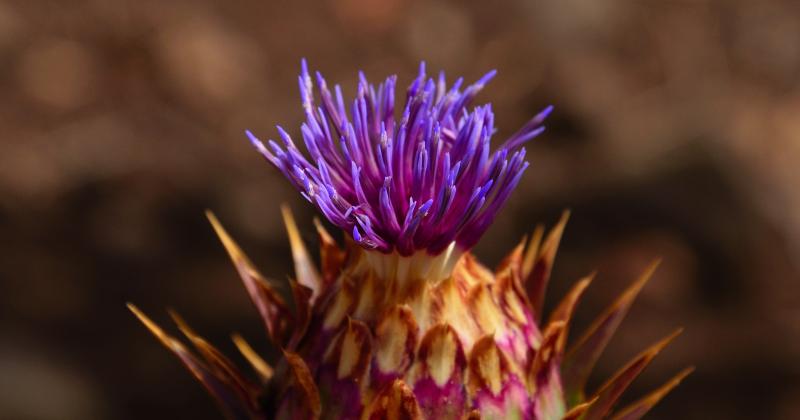 />
/>
Artichokes are rich in a variety of bioactive compounds and nutrients. Key components include dietary fiber, vitamins (such as vitamin C, vitamin K, folate, and niacin), and minerals like magnesium, phosphorus, potassium, and iron. They also contain cinarin and silymarin, both known for their antioxidant properties. read more ›
MAQUI BERRY: A SUPERFRUIT PROFILE
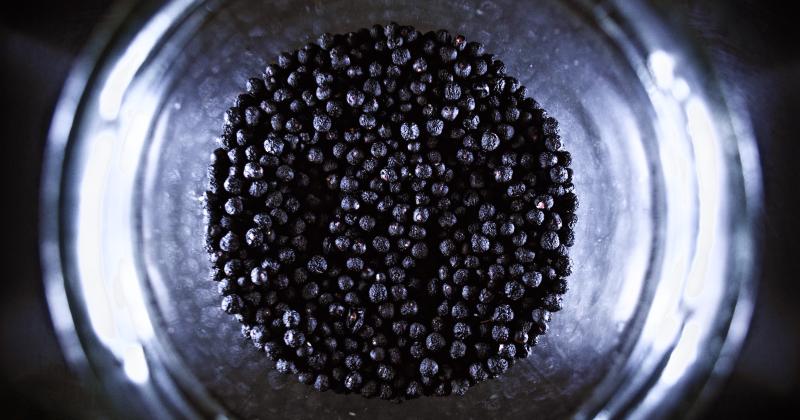 />
/>
The Maqui berry belongs to the Elaeocarpaceae family and grows on an evergreen shrub that can reach between 3 to 5 meters in height. Its leaves are oval-shaped, and the flowers are small and white, leading to the development of its distinctive deep purple berries. read more ›
UNVEILING MANGOSTEEN: THE TROPICAL TREASURE
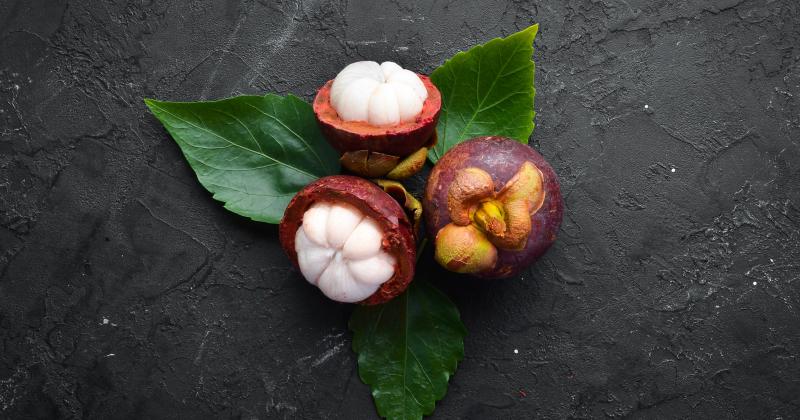 />
/>
The mangosteen fruit is rich in various phytochemicals, including xanthones, flavonoids, and tannins. Xanthones, in particular, are notable for their antioxidant properties and are predominantly found in the fruit's rind. The fruit is also a source of essential nutrients, such as vitamin C, dietary fiber, and minerals like potassium and magnesium. read more ›
EXPLORING MAITAKE: UNVEILING THE MYSTERIES
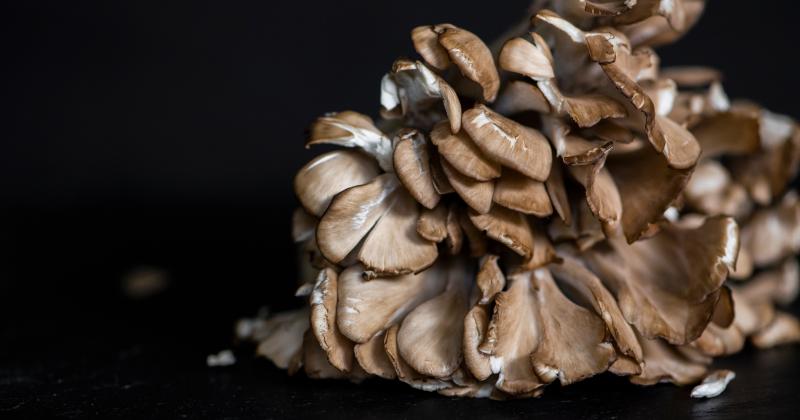 />
/>
Maitake is rich in bioactive compounds, including polysaccharides like beta-glucans, which are known for their immune-supporting properties. It also contains amino acids, vitamins (such as B-complex and C), minerals (including potassium, calcium, and magnesium), and fibers. read more ›
VANILLA: A FLAVORFUL AND AROMATIC JOURNEY
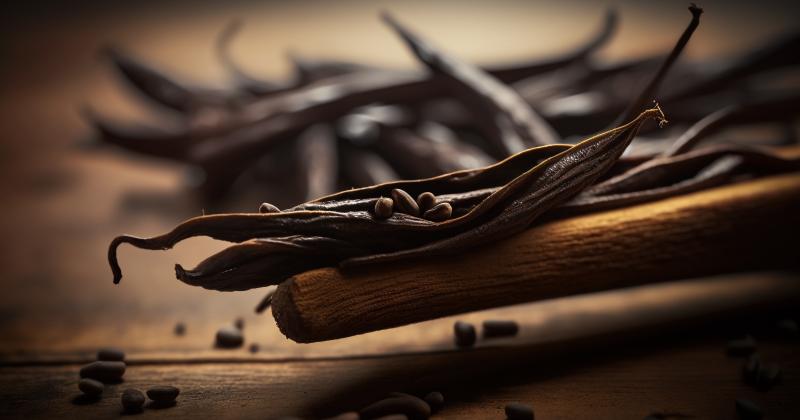 />
/>
Vanilla was first cultivated by the Totonac people of Mexico. The Aztecs later acquired vanilla when they conquered the Totonacs in the 15th century, using it to flavor their chocolate drink, xocolatl. Europeans were introduced to vanilla in the 16th century after Spanish conquest. Initially, it was a luxury item, but with modern cultivation methods, it has become more widely available. read more ›
RASPBERRY ESSENTIALS: THE WORLD OF RUBUS IDAEUS
 />
/>
Raspberries are a rich source of various nutrients and phytochemicals. They contain essential vitamins such as Vitamin C, Vitamin E, and folic acid. Minerals like potassium, magnesium, and calcium are also present in significant amounts. read more ›
DAIKON: AN INSIGHT INTO THE VERSATILE RADISH
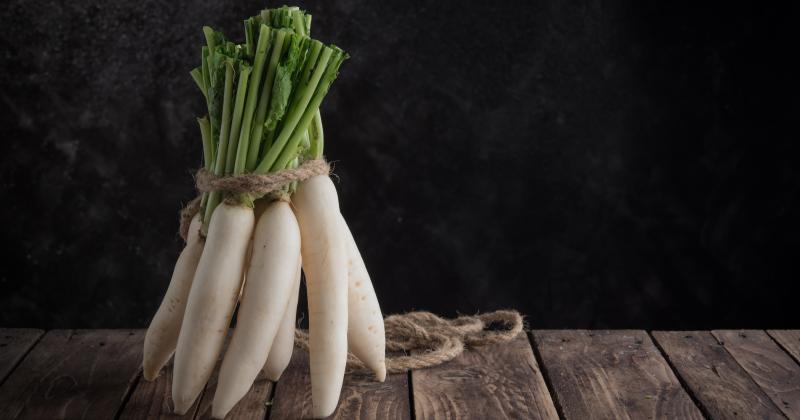 />
/>
Daikon, also known as the white radish or winter radish, is a root vegetable that is native to Southeast and East Asia. Morphologically, daikon boasts a long, cylindrical shape that tapers to a point. Its skin is smooth and ranges in color from white to pale green, while its flesh is crisp, juicy, and stark white. read more ›
ALOE VERA
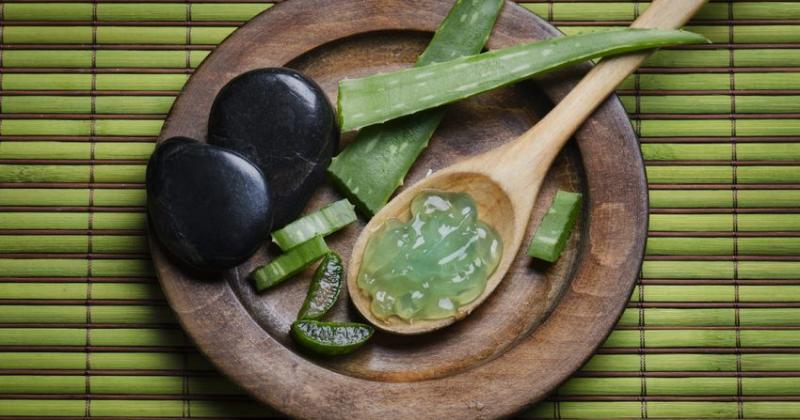 />
/>
The genus name Aloe is derived from the Arabic word alloeh, meaning "bitter and shiny substance" or from Hebrew אוהלים ahalim, plural of אוהל ahal. The specific epithet vera comes from verus meaning "true" in Latin. 2000 years ago, the Greek scientists regarded Aloe vera as the universal panacea. The Egyptians called Aloe “the plant of immortality.” Today, the Aloe vera plant has been used for various purposes in dermatology. read more ›
Showing 1 to 9 of 9 (1 Pages)
